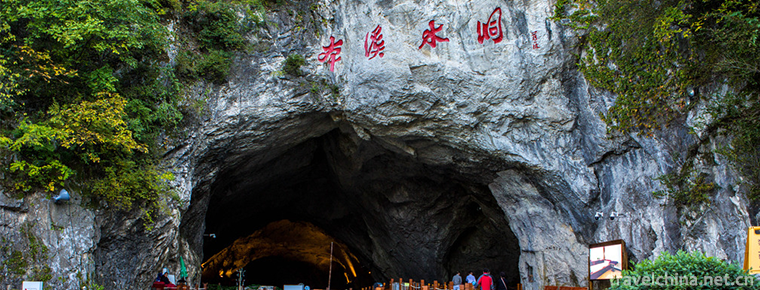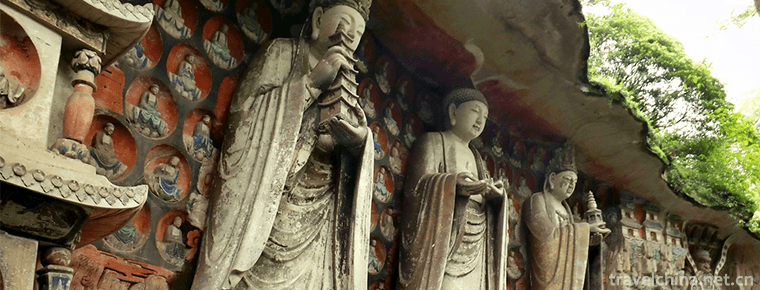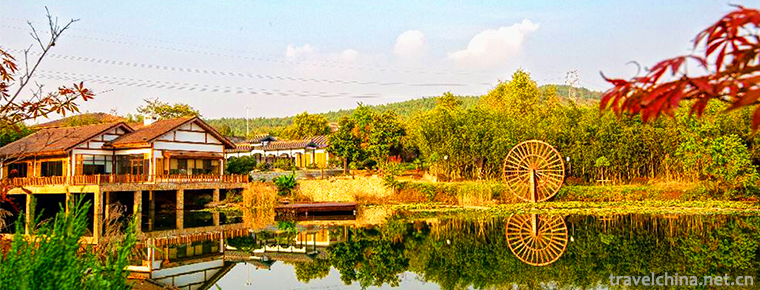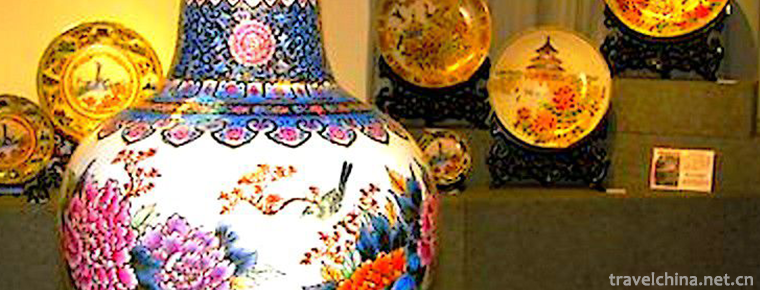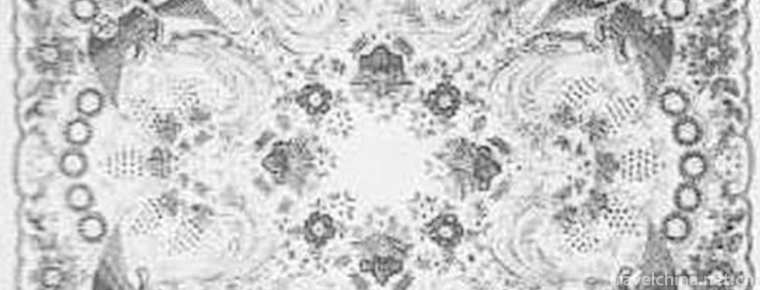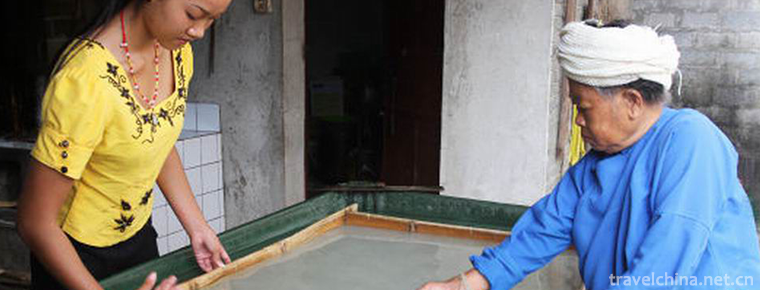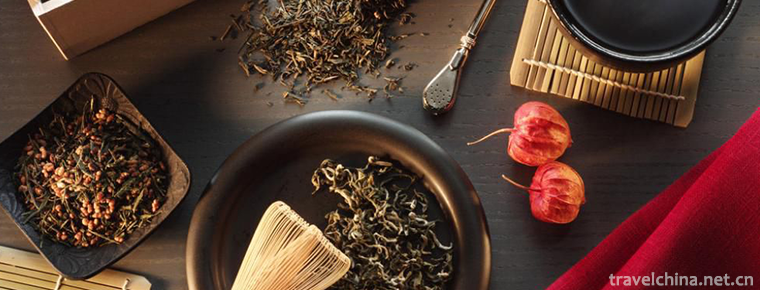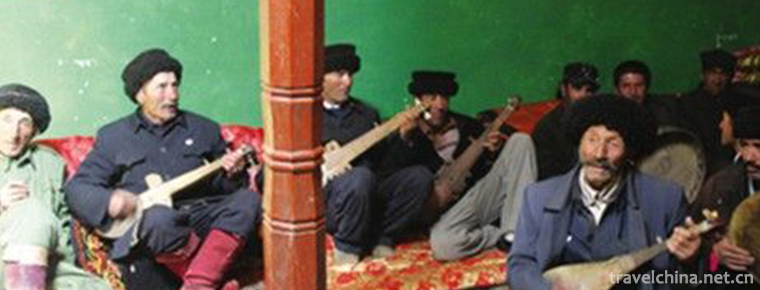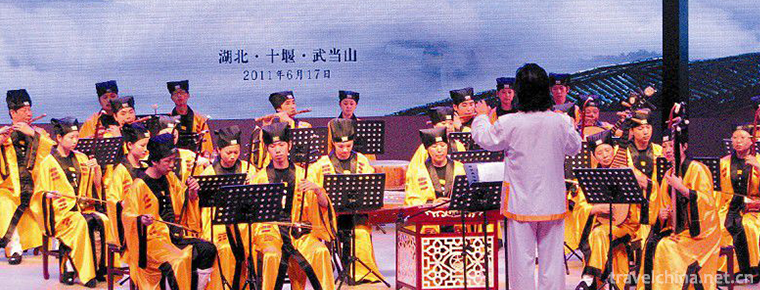Silk Strings of Laohekou
Silk Strings of Laohekou
Laohekou Silk String is a traditional folk music in Xiangyang City, Hubei Province. Laohekou Silk String is different from other forms of folk literature and art. It is a music that combines folk artists'performances with literati's bachelor's self-entertainment.
On June 7, 2008, the silk string of Laohekou was listed in the second batch of national intangible cultural heritage list with the approval of the State Council.
historical origin
In history, Laohekou is a drought dock. It is not only a gathering place for businessmen and businessmen, but also a gathering place for artists from all walks of life. It is known as "Xiaohankou". As early as the Qianlong reign of the Qing Dynasty, silk string music was spread in Yuanguanghua County (now Laohekou City). The silk strings of Laohekou, which are separated from the prelude of "major tunes" by silk strings and have undergone evolution, have strong local characteristics. It has rich repertoire, simple style, elegant charm, euphemistic melody, beautiful and beautiful. As a result of long-term evolution, it has strong local characteristics of folk music in Northwest Hubei and strong regionalism.
artistic characteristics
Laohekou Silk String is different from other traditional folk art forms. It is a music that combines folk artists'performing arts with literati's bachelor's self-entertainment. In those days, businesses and large families in Laohekou often held salon-like parties. At the party, playing the silk strings of Laohekou is an indispensable procedure. After the guests and hosts have sat down separately, each of them will perform a part. Whoever's turn is, he stands up, picks up the toothboard, and makes a respectful snub to everyone. After he has finished offering ugliness, the silk string rings, and the man sings a paragraph.
Representative works
In addition to homesickness, spring and love, there are more than 20 pieces of music, such as Alpine Running Water, Goose Beating, Autumn Appreciation, Xiaoqiao Week, Boudoir Complaint, Chen Xingzhi Courtyard, Chen Xingzhi He Fan and so on. All the above songs are included in Hubei Volume of "Integration of Chinese Ethnic and Folk Instrumental Music".
Inheritance significance
After the founding of New China, Laohekou City established the "National Music Research Society", which mainly plays and studies gongs and drums (commonly known as gongs and drums shelves) and silk strings of Laohekou. Later, "National Music Research Society" developed to 72 people. During festivals and festive gatherings, the team of "National Music Research Society" always ranks first. The dragon and Phoenix flag opens, and the scene is very spectacular.
With the beginning of the Cultural Revolution, these traditional cultures have been impacted. With the death of the old artists, the silk string of the elegant old estuary is in danger of being lost.

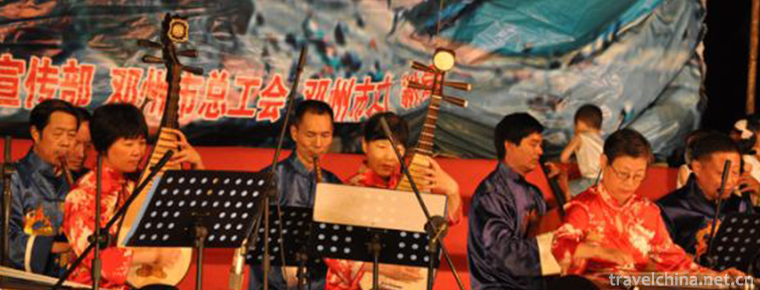
-
Old Summer PalaceYuanmingyuan
No. 28 Qinghua West Road, Haidian District, Beijing, China.
Views: 115 Time 2018-10-03 -
Benxi Water Tunnel Scenic Area
Benxi Water Cave, National AAAAA Class Tourist Scenic Spot, National Key Scenic Spot and Asian Member Unit of International Tourist Cave Association.
Views: 191 Time 2018-12-04 -
The Dazu Rock Carvings
Dazu Stone Scenic Area is a religious cliff sculpture in the late Tang and early Song Dynasty, with Buddhist themes as the main theme, especially the Beishan Cliff sculpture and Baoding Mountain Cliff.
Views: 204 Time 2018-12-12 -
Shangyao National Forest Park
Shangyao National Forest Park, located in the northeast of Huainan City, Anhui Province, has more than 30 hills and mountains with a total area of 10.4 square kilometers and a forest coverage rate.
Views: 142 Time 2018-12-19 -
Eight treasures tomato
Blanch the tomatoes with boiling water, peel them off, dig a round piece along the pedicle one week, remove the seeds and wash them. Cut all the accessories into small dices, mix shrimps and meat with.
Views: 266 Time 2019-03-25 -
Firing Techniques of Chaozhou Coloured Porcelain
In Chaozhou at the end of the Qing Dynasty, new colored pigments were used in the colored porcelain painting. Combining traditional glaze painting art with traditional Chinese painting .
Views: 234 Time 2019-04-16 -
Drawing Shantou Drawing
Drawing is a kind of embroidery, also known as "lace". Legend has it that yarn drawing originated in Italy, France and Portugal, and was developed on the basis of folk embroidery in the Midd.
Views: 153 Time 2019-04-18 -
Handmade Paper Making Skills of Dai and Naxi Nationalities
Dai and Naxi hand-made paper-making skills, Yunnan Lincang City, Shangri-la County, local traditional handicraft, one of the national intangible cultural heritage..
Views: 127 Time 2019-04-24 -
Black Tea Production Techniques
Black tea, originally known as "Border Tea", was smuggled across the border by merchants as early as the end of the 16th century. In the Ming Dynasty, black tea was designated as.
Views: 113 Time 2019-05-03 -
Tajik Folk Songs
Tajik folk songs are very rich in content. The folk songs handed down to this day include folk songs reflecting ancient social life, customs and customs, eulogizing love and religious rituals. The mai.
Views: 166 Time 2019-06-17 -
Wudang Mountain Palace Viewing Taoist Music
Wudang Mountain Palace Taoist Music is the product of the combination of excellent traditional folk culture in Qinba area of Hubei Province and court music from Tang Dynasty to Ming Dynasty. It is the.
Views: 240 Time 2019-06-30 -
Panzhihua from the Ming Dynasty to the Republic of China
In 1382, in the 15th year of Hongwu reign of the Ming Dynasty, the Xuanwei Department of paloros put Yunnan under the jurisdiction of Sichuan Chengxuan political envoys. In this place, there is another commander's Department of Sichuan Xingdu, which leads the lawsuits.
Views: 89 Time 2020-12-14

